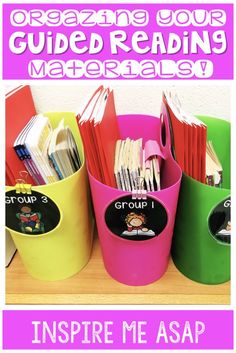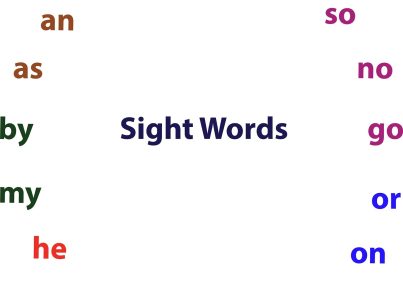Guided reading, a small-group reading instruction paradigm designed to provide differentiated teaching that supports students in developing reading proficiency, is an integral component of a comprehensive literacy program. The ultimate goal is to help students become independent readers who can understand and engage with various texts on their own. Here are the essential steps for setting up guided reading in your classroom:
Assess Student Reading Levels
Before grouping students, carry out assessments to determine each student’s reading level. You can use formal tools like benchmark books or running records. This will ensure that each student is placed in a group that reads texts at their instructional level.
Create Small Groups
Once you’ve assessed the students, create small groups of 4-6 students who exhibit similar reading behaviors and can read similar levels of texts. Remember that these groups should be flexible; as children grow and learn, their reading group should change as well.
Select Appropriate Texts
Choose engaging texts that match the instructional level of each group. These should offer some challenge but also allow for successful decoding and comprehension. It is crucial to have a variety of genres available and multiple copies of each book.
Plan Targeted Lessons
For each guided reading session, plan focused lessons that address the specific needs of the group based on assessment data. Teach and model strategies for decoding words, understanding text, and developing fluency and comprehension.
Set Up the Classroom Environment
Designate a quiet area of the classroom where your small group can meet without distraction. This space should include comfortable seating and easy access to sets of books and reading materials.
Introduce the Book
Start by introducing the new text, discussing its features, themes, characters, setting, and any new vocabulary. Make predictions together about what the text might be about.
Guide Students Through the Text
As students read in whispers or silently to themselves, guide them through problem-solving unknown words or phrases. Ask questions that prompt critical thinking about the text.
Discuss After Reading
After finishing the book or a section thereof, discuss it as a group. Focus on comprehension by asking about characters’ motivations, plot sequences, or informational content depending on the text genre.
Conduct Post-Reading Activities
Engage with extension activities related to the text such as writing responses, performing skits based on story events or creating graphic organizers.
Regularly Assess Progress
Regularly reassess student reading levels to ensure they’re placed accurately in groups and monitor their growth over time. Utilize observations from each session alongside more formal assessments.
Remember that guided reading is dynamic. Continuously reflect on your practice, be prepared to adjust groupings and materials as needed, and maintain communication with other educators and parents about student progress. When implemented effectively, guided reading not only improves literacy skills but also fosters a love for reading among students.





